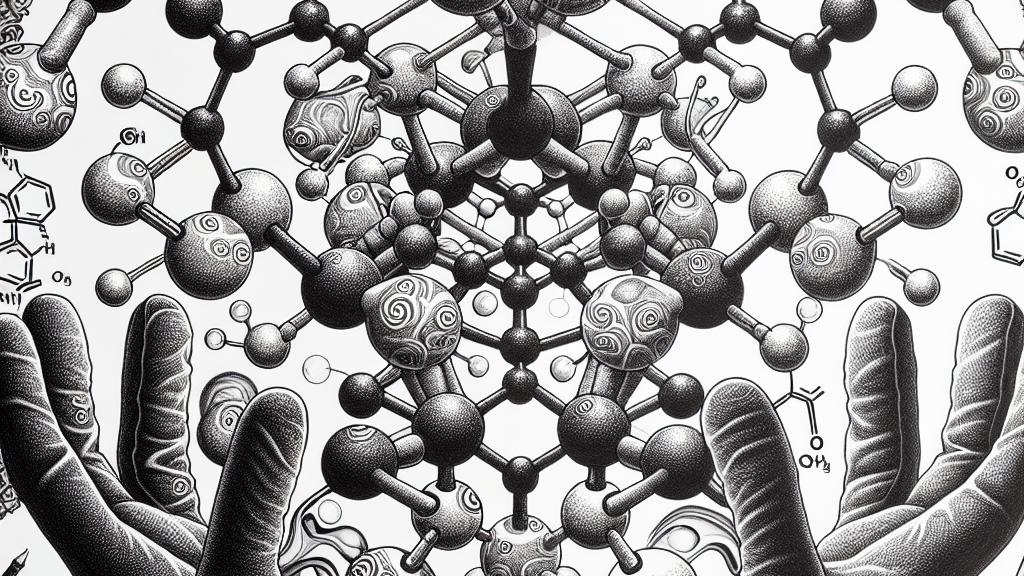Innovative Chiral Capsules for Advanced Optical Applications
Overview
- Chirality is a crucial concept in biology, impacting everything from DNA structure to drug efficacy.
- Terpene-based capsules offer a revolutionary method for embedding chiral properties into non-chiral dyes.
- These capsules not only enhance usability but also unlock diverse applications in cutting-edge fields like biomedicine and display technologies.

Understanding the Intricacies of Chirality
Chirality, often referred to as 'handedness' in molecules, is a fascinating property that profoundly influences biological and chemical processes. Picture a pair of gloves: even though they appear similar, the left glove cannot fit right on the right hand. This unique trait plays a vital role in the structure of essential biological entities, like DNA and proteins, and determines how these molecules interact with light. For instance, researchers from the Institute of Science Tokyo are exploring how chiral molecules can enhance optical technology, particularly in applications like high-definition displays and advanced sensors. This exploration into chirality could reshape how industries utilize molecular interactions to create innovative products, marking an exciting frontier in science and technology.
Revolutionizing Optical Technology with Terpene-Based Chiral Capsules
In a groundbreaking study led by Assistant Professor Yuya Tanaka and his team, the advancement of terpene-based chiral capsules was unveiled. These capsules are crafted from natural compounds known as terpenes, which have been utilized in traditional medicine for centuries. The beauty of this innovation lies in its elegant simplicity: non-chiral dyes are encapsulated within amphiphilic molecules, creating a unique chiral environment. This method allows for efficient chirality transfer, enabling these dyes to exhibit remarkable optical properties. Notably, fluorescent dyes like BODIPY compounds demonstrate a striking increase in light-emitting capabilities when embedded in these capsules. Thus, this advancement not only simplifies the process of obtaining chiral properties but also paves the way for practical applications in diverse fields, from photonic devices to eco-friendly materials.
The Bright Future of Chiral Capsules in Diverse Applications
The introduction of these innovative terpene-based chiral capsules signifies a transformative leap in optical technologies. One of their standout features is their ability to function efficiently in aqueous environments, eliminating the need for harmful organic solvents. Dr. Tanaka points out that this versatility opens new avenues for integrating chirality into a wide range of applications, including polymer science and biocompatible materials. Imagine the potential impact on medical diagnostics and optical devices; we are merely scratching the surface! This pioneering work encourages ongoing research into multicomponent systems that promise even greater chiroptical properties. As this field rapidly evolves, we anticipate that these technologies will lead to exciting breakthroughs, ultimately improving lives through advancements in health, electronics, and beyond. The future of chiral science is indeed bright!

Loading...